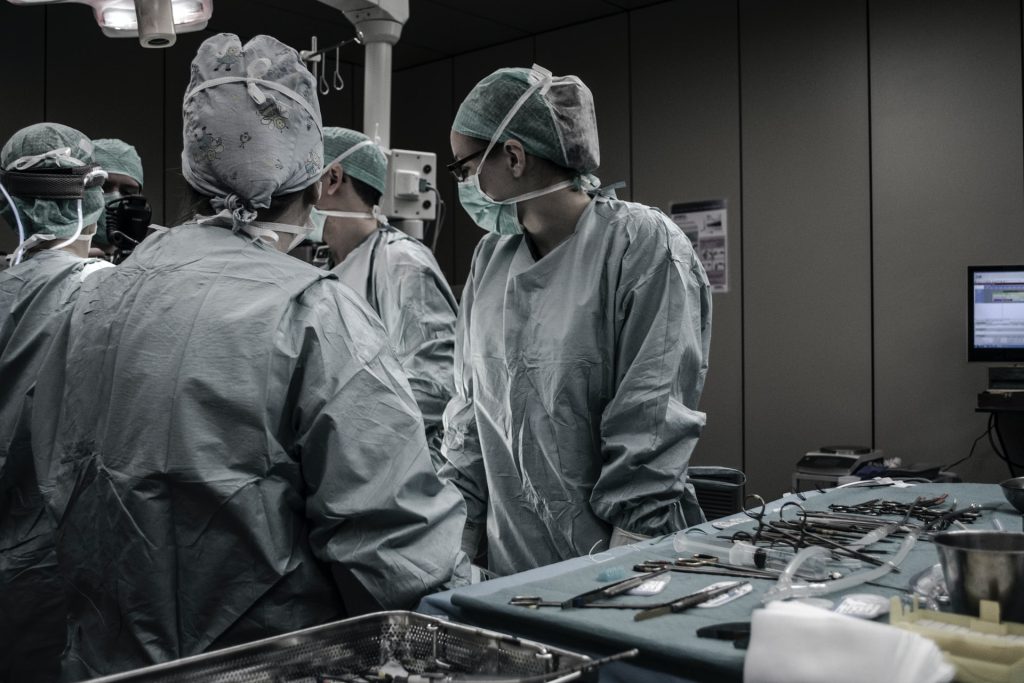Living Donors Liver Transplant a Viable Option in Colorectal Cancer

A recent study published in JAMA Surgery has demonstrated the viability of living-donor liver transplant for patients who have systemically controlled colorectal cancer and liver tumours that cannot be surgically removed.
“This study proves that transplant is an effective treatment to improve quality of life and survival for patients with colorectal cancer that metastasised to the liver,” said senior study author Dr Gonzalo Sapisochin.
The study focused on colorectal cancer partly for its tendency to spread to the liver. Nearly half of all patients with colorectal cancer develop liver metastases within a few years of diagnosis and 70% of liver tumours in these patients cannot be removed without removing the entire liver.
Unfortunately, most of these patients cannot get deceased-donor liver transplants because their liver function is fairly normal in spite of their tumours. This puts them near the bottom of the national organ transplant waiting list.
Thanks to recent advances in cancer treatments, many of these patients are able to get their cancer under systemic control, which means only their liver tumours prevent them getting a ‘cancer free’ label. It also increases the odds that these patients – and their new livers – will remain cancer free, which is crucial when balancing the benefit to the patient with the risk to a living donor.
“I’ve seen so many cancer patients, whose cancers were not spreading, but we couldn’t remove the tumours from their livers and we knew they would die,” said first study author Dr Roberto Hernandez-Alejandro. “We hoped living-donor liver transplant could give them another chance.”
Because it offered a last resort, the study attracted patients from near and far. All patients and donors went through a rigorous screening process to ensure they were good candidates for the procedure, and they were educated about the risks of the surgery and the possibility of cancer recurrence.
Patients and donors underwent staggered surgeries to fully remove patients’ diseased livers and replace them with half of their donors’ livers. Over time, both patients’ and donors’ livers regenerated and regain normal function.
Patient imaging and blood analysis was closely monitored for any signs of cancer recurrence and will continue to be followed for up to five years after their surgery. At the time of study publication, two patients had follow-up of two or more years and both remained alive and well, cancer-free.
“We have seen very good outcomes with this protocol, with 100 percent survival and 62 percent of patients remaining cancer free one year and a half after surgery,” said study author Dr Mark Cattral. “It is very strong data to support that we can offer this treatment safely and make appropriate use of scarce life-saving organs.”
Source: University Health Network


